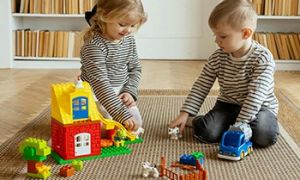Open ended materials enables children to play freely. They are objects that have no rules to follow, use or function. Raw materials that can be used to build or to create or to combine to make something new.
What are Open Ended Materials?
Open ended materials are items with no directions and can be used by themselves or with other materials. They can be carried, lined up, redesigned, taken apart, moved and put back together in multiple ways. The child determines what materials are used and how to use them.
Benefits of Open Ended Materials
Open ended materials provide multiple uses and endless play. It enables children to be creative and express themselves in play, often using materials to explore and represent other things. There is no pressure to complete an “end product” or bound by limitations.
While playing with open ended materials children are engaged in decision making and problem solving opportunities. By exploring the materials children become innovators, designers, explorers, artists and collaborators as they build, sort, design, manipulate, arrange and stack in a variety of different ways.
List of Open Ended Materials
Open ended materials can either be natural or manufactured. It’s any type of material they will help a child imagine and create in their own unique way. Some ideas of natural and manufactured open ended materials include, but not limited to:
Natural open ended play materials:
- stones
- stumps
- logs
- branches
- small twigs
- sand
- gravel
- water
- dirt
- grass
- pine cones
- bark
- feathers
- leaves
- pebbles
- seeds
- sticks
- sea shells
- seaweed
- river and creek rocks
Manufactured open ended play materials:
- tires
- pallets
- milk crates
- buckets, tubs
- plastic garden pots
- boxes
- gutters
- rope
- chain
- drain tile
- PVC pipe
- planks of wood
- cardboard boxes
- cardboard rolls and tubes
- chalk
- fabric
- plastic bottle
- hoops
- bricks
- play cars, animals, people
- blocks
- play dough
- clay
Open ended materials encourage creative thinking. Using these materials children involve themselves in concrete learning which lead to explorations that occur naturally, rather than adult directed. When children engage with open ended materials, there is no right or wrong answer. It provides an opportunity to plan, create and investigate!
References:
Judith. “The Truth About Open Ended Materials”, 2014.
Bowman, Kara. “The Joys Of Open Ended Play”, 2009.


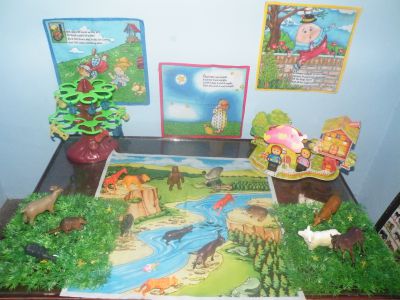
 Open ended questions cannot be responded to with one word answers such as yes or no. These types of questions enables a child to provide
Open ended questions cannot be responded to with one word answers such as yes or no. These types of questions enables a child to provide During your child’s preschool years, an important milestone begins to emerge. This is the development of pre-writing skills. Pre-writing skills are used to encourage, develop
During your child’s preschool years, an important milestone begins to emerge. This is the development of pre-writing skills. Pre-writing skills are used to encourage, develop Open ended materials enables children to play freely. They are objects that have no rules to follow, use or function. Raw materials that can be
Open ended materials enables children to play freely. They are objects that have no rules to follow, use or function. Raw materials that can be An Acknowledgment of the Country is a way of showing respect for the Traditional Owners and can be given by both non-Indigenous people and Aboriginal
An Acknowledgment of the Country is a way of showing respect for the Traditional Owners and can be given by both non-Indigenous people and Aboriginal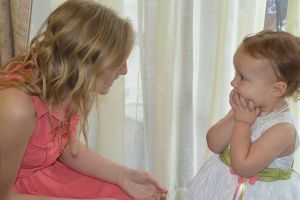 Language plays an important role in a child’s development. It enables a child to communicate effectively with their family, learn at school, socialize with friends,
Language plays an important role in a child’s development. It enables a child to communicate effectively with their family, learn at school, socialize with friends,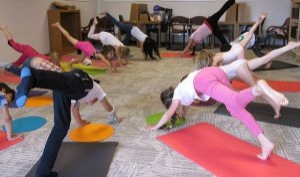 Like adults, children have to deal with their own stress in life. Moving house, starting a new school, preparing for a new sibling - these are
Like adults, children have to deal with their own stress in life. Moving house, starting a new school, preparing for a new sibling - these are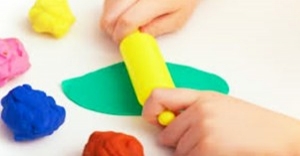 Playdough is such a versatile material. It provides numerous benefits to children as they manipulate it, it is safe and soothing and provides children with
Playdough is such a versatile material. It provides numerous benefits to children as they manipulate it, it is safe and soothing and provides children with Teaching children about sustainability enables them to appreciate and respect the natural environment. Early childhood services can provide meaningful hand on learning experiences in order
Teaching children about sustainability enables them to appreciate and respect the natural environment. Early childhood services can provide meaningful hand on learning experiences in order Recycling is an important concept that teaches children to care for the environment. It encourages children to be responsible and show a growing appreciating for
Recycling is an important concept that teaches children to care for the environment. It encourages children to be responsible and show a growing appreciating for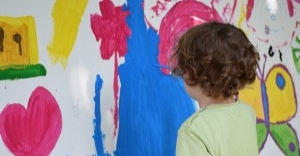 When children apply paint to paper, glue things together, or pound a lump of clay, they experiment with colour, shape design and texture.
When children apply paint to paper, glue things together, or pound a lump of clay, they experiment with colour, shape design and texture.


